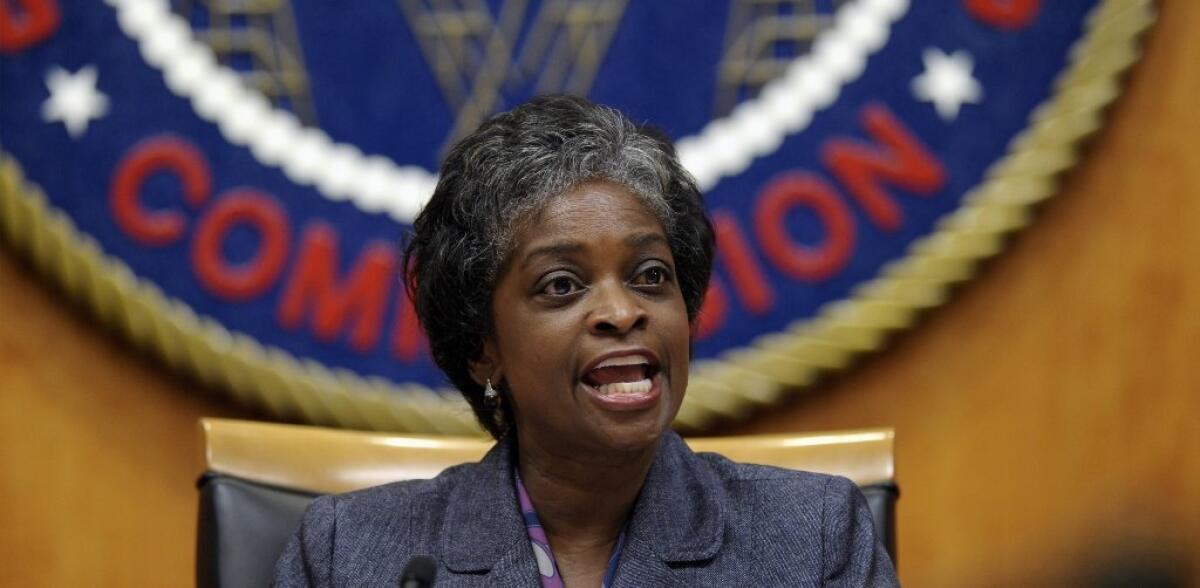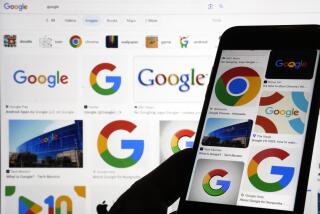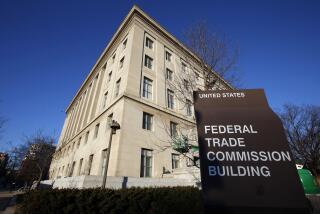FCC expected to propose dropping UHF discount from TV ownership caps

The Federal Communications Commission is expected on Thursday to propose eliminating a key component of its television ownership rules that could have significant implications for broadcasters.
Under review is the value the FCC puts on a UHF signal compared to a VHF signal when determining whether a broadcaster is in compliance with the regulatory agency’s television station ownership rules.
Currently, FCC rules prohibit a broadcaster from owning television stations that reach more than 39% of the United States. However, in determining reach, a UHF signal -- which is allocated to channels higher than 13 -- is valued at 50% of a VHF signal. For example, a VHF signal in Los Angeles counts as 4.92% toward the national cap while a UHF signal counts for just 2.46%.
ON LOCATION: Where the cameras roll
The so-called UHF discount came into existence in the 1980s. At that time, channels with a UHF signal were seen as considerably weaker in reach, and hence value, than a VHF signal.
But now that broadcasters have transitioned from analog to digital, which made UHF signals stronger, coupled with the fact that most viewers receive broadcast signals via a pay-TV distributor and not an antenna on the roof, the UHF discount is seen as outdated.
If the FCC does eliminate the UHF discount, it would probably slow the fast rate of consolidation in the television industry.
PHOTOS: Biggest tech flops of 2013 – so far
Without the discount, some broadcasters would already be over the FCC’s caps and others pushing up against it and would probably be unable to buy more TV stations without exceeding the limit.
For example, under the FCC’s current regulations, Fox owns TV stations reaching just about 25% of the country. Remove the UHF discount and that figure grows to more than 37%, meaning Fox has little room to buy new TV stations. Sinclair Broadcast Group, which has been on a buying spree as of late, would be at almost 39% without the discount.
A few companies, including Univision, ION Media and religious broadcaster Trinity Broadcasting, would all be over 39% without the UHF discount. Rather than force those companies to sell TV stations to comply with the new rules, the FCC is expected to propose grandfathering in companies that would exceed the 39% cap without the UHF discount.
PHOTOS: Cable versus broadcast ratings
Unclear though is what effect the FCC’s proposed change could have on some recently announced mergers that have not yet cleared the regulatory process and would have to be altered or perhaps even scrapped without the UHF discount.
One such deal is between Los Angeles Times parent Tribune Co. and Local TV LLC. Without the discount, the combination of those two companies would be almost 43%. If deals announced before a rule change are not also grandfathered in, then some TV stations may have to be sold before regulatory approval could be granted.
Washington insiders thought such a scenario was unlikely though.
A Tribune Co. spokesman declined to comment, as did a spokesman for the FCC.
ALSO:Fears of TV cord-cutting overstated, survey finds
Relativity Media extends Middle East distribution deal
Hollywood United Methodist Church puts its faith in filming
Follow Joe Flint on Twitter @JBFlint.
More to Read
From the Oscars to the Emmys.
Get the Envelope newsletter for exclusive awards season coverage, behind-the-scenes stories from the Envelope podcast and columnist Glenn Whipp’s must-read analysis.
You may occasionally receive promotional content from the Los Angeles Times.






